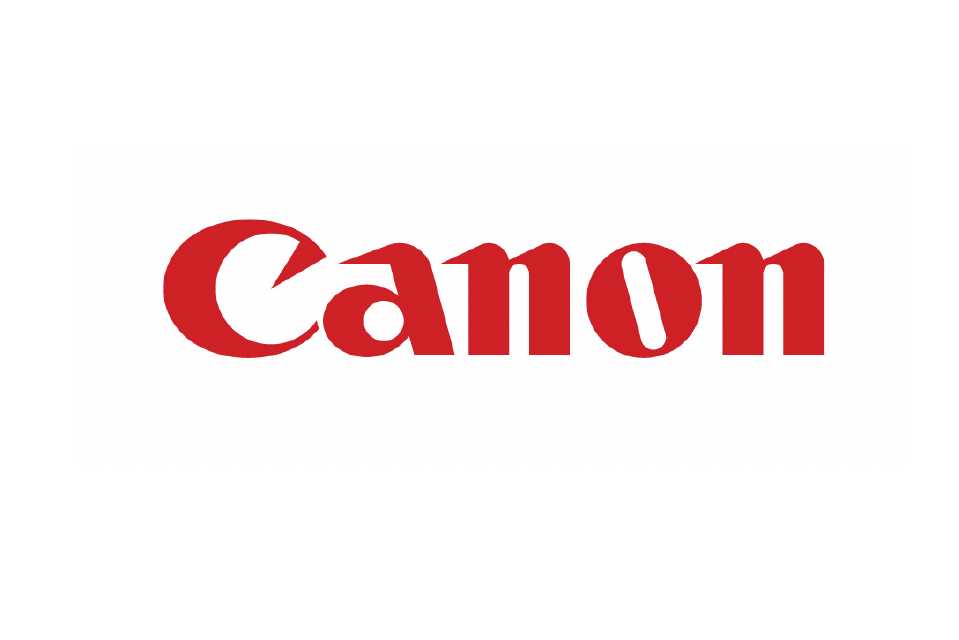Clare Beresford, CEO at Laurence Simons, looks at the importance and benefits of DE&I and discusses how top-tier firms can bridge the gap with smaller counterparts through strategic acquisition. (Sponsored content.)
The struggle to attract and retain employees is a battleground for businesses, with Diversity, Equity & Inclusion essential factors in hiring and a key metric for measuring success. The benefits of DE&I are well known and extend far beyond virtue signalling. Harvard Business Review reports inclusive companies are more likely to lead and capture new markets, while McKinsey has identified that 43% of companies with diverse management deliver higher profits. Businesses with ethnic diversity practices are 36% more likely to perform better than peers. 73% of companies with gender equality are said to have higher profits and productivity.

There is increasing pressure within the legal industry to practise what’s being preached when it comes to DE&I. Companies such as Swiss pharmaceutical giant Novartis have made it a requirement for their legal panel firms to use diverse teams or risk 15% of their fees being withheld.
Yet despite the evolving landscape, a survey conducted by the Solicitors Regulation Authority (SRA) in 2021 shows the picture is slow-moving when it comes to diverse ethnicities within the legal profession. The overall proportion of Black, Asian and minority ethnic lawyers working in law firms is 17% and 79% for White groups, with both figures showing no change since 2019. 1% of lawyers are from other minority groups compared to 2% of the workforce, while 2% are Black compared to 3% of the workforce.
The SRA’s latest diversity survey also shows that 8% of partners at the largest firms (over 50 partners) in England and Wales are Black, Asian or from another ethnic minority, contrasting with 23% at small firms and 35% of sole partnerships.
When it comes to gender ratios, there is a paradox - 61% of solicitors are female but only 35% of law firm partners are female.
To address these imbalances, and with competition driving the ‘war for talent’ to unprecedented levels, some firms have factored DE&I practices in merger targets as a strategy for optimum ratios post consolidation.
Interesting figures regarding female partnership can also be found at Hogan Lovells, who merged in 2010, bringing together the American law firm Hogan & Hartson and the British firm Lovells. Post-merger, Hogan Lovells set themselves a goal of 30% female partnership by 2022. Their current female partnership is 27%, a significant improvement from 2012, when female partners accounted for just 21%.
In 2016, Wragge Lawrence Graham & Co combined with the Canadian-headquartered law firm Gowlings to become Gowling WLG, home to more than 1,400 legal professionals across 18 cities worldwide. Prior to this combination, 20% of Wragge Lawrence Graham & Co’s partners were female, compared to 27% of the Gowling partnership being female. Now, in 2022, the figure for female partners at the combined firm has grown to 31% as part of a commitment to increase the number of female partners in the firm post-combination.
The drive to increase female and diverse partnership is reinforced by Robert Johnson, Chief Diversity Officer at the U.S law firm Gibbons, which was named the ‘best law firm for women’ in 2011. Johnson has asserted: “There’s data that proves diverse companies with diverse boards [have a higher] bottom line. It’s logical to think... diversity, equity and inclusion could be major drivers of deal value.”
Smaller firms have a distinct DE&I advantage. Alongside ethnic diversity numbers being higher in smaller firms, the percentage of female lawyers is also highest in small firms. 57% of lawyers in firms with six to nine partners are women – up from 56% in 2019.
Given these ratios and the quantifiable benefits associated with a robust DE&I strategy, the question arises whether larger, top-tier firms should look to catch up with their smaller counterparts through strategic acquisition. Deal value is vital, and the greater diversity and inclusion within a company, the greater the quality of its markets, productivity, profits and understanding. Ultimately diverse equity partnership and workforces must be something that all law firms address, subito.
Clare Beresford

Chief Executive Officer, Laurence Simons
Website: https://laurencesimons.com
Email: hello@laurencesimons.com
Phone: +44 (0) 2076458500





























No comments yet